Samsung Wants an Apple-Like Ecosystem, But Its Path There Isn’t So Simple
![]()
Samsung often touts its ecosystem of devices as a boon to productivity, especially when you combine its smartphones, tablets, and laptops together. But how truly effective is it? And is it too intricate to be more adaptable?
Samsung stands out, at least in a market like North America, as one of the rare brands that makes all of the above devices. Most others may have one or two of the three, but not all them. Even if it is a phone and tablet (without the computer) or phone and computer (without the tablet), the idea of faster, more seamless file sharing and account access should be an attractive use case to draw people in. The company certainly markets it that way, though Apple gets more traction for the interoperability of iOS and macOS, such as it is.
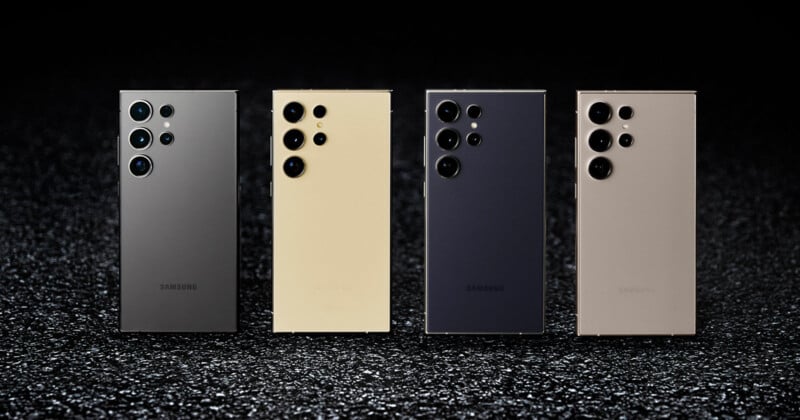
The one major difference is those two operating systems are proprietary to Apple, whereas Samsung, despite its own overlays, leans on Android for its mobile devices and Windows for its PCs. Apple can only claim a more open platform for its devices simply because they can’t run on anything else, erecting a walled garden that becomes difficult to penetrate unless third-party developers and cross-platform apps close the gap.
Getting Around Samsung’s Devices
Samsung didn’t touch on its ecosystem as much when it launched the Galaxy S24 trio of phones, yet digging a little deeper exposed both shortcomings and opportunities for the company. The opportunity is a way to share images captured on any Galaxy devices while the shortcoming is in how restrictive the feature can be under certain circumstances.
As an example, Expert RAW, which is a downloadable app from the Galaxy Store that installs in the Camera app, has an option in its settings to automatically share RAW images to “a nearby Galaxy Book or tablet.” You need to be signed in to your Samsung account, have Quick Share turned on and the screen must also be on.
![]()
It’s an example of a device-centric limitation that doesn’t always jive with how Samsung handles file sharing in other scenarios. As an example, Samsung Flow is an app that works with any Windows 10 or 11 PC, not just Galaxy Book laptops, allowing you to share images (and more) between a Samsung phone or tablet and any PC running Windows 10 or 11. As far as images go, you could theoretically use Flow to share what’s in the Gallery app — including RAW images — except you’d have to do it manually rather than the automated process noted above.
I can’t find any technical reason why exporting RAW images has to be less convenient on non-Samsung laptops and tablets, so it’s likely more of a value proposition to stick with its products. Trying to send a RAW image from a Samsung phone to any other PC is fraught with caveats in that you either have to reach for a USB cable or do it via Wi-Fi, both of which require extra steps on the software side as well.
To be fair, Apple takes the same approach. If you want to share an original ProRAW image taken on an iPhone, you can use AirDrop to wirelessly send it over to a Mac, iPad or other iPhone. The moment you edit that image, however, the shared file is a JPEG, which is also the case for RAW images on Samsung devices.
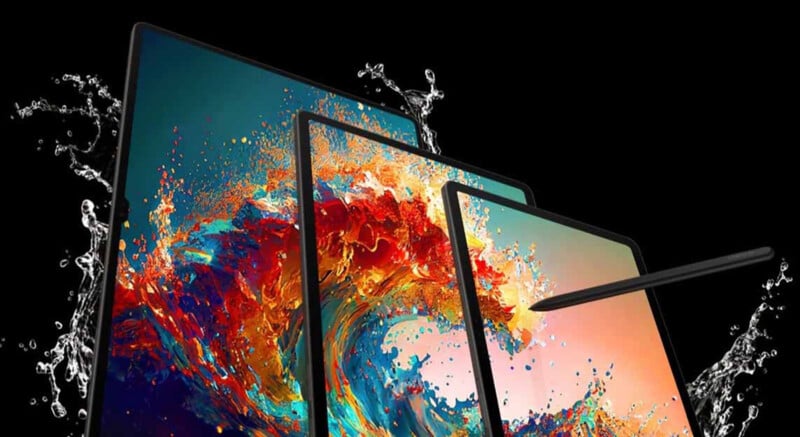
Microsoft’s Role in the System
Microsoft’s Phone Link (formerly Your Phone) and Link to Windows apps are designed to perform similar tasks where you can share everything from screens, apps, files, and photos under a seamless connection. Technically, it’s supposed to work with any Android phone, but in practice, Microsoft chooses favorites based on who it partners with. That’s why Phone Link is integrated in Samsung Galaxy phones while a third-party download from the Play Store for those made by other brands (except for select Honor devices).
Through this partnership, Samsung devices have the rare distinction of letting you mirror your phone screen onto the PC’s display, including Expert RAW. It can be a finicky experience, so it’s not as polished as Samsung and Microsoft always make it out to be, but it is a workaround to gain access to the RAW photo library and drag-and-drop images to the PC that way.
![]()
What’s the difference between Phone Link and Link to Windows? Phone Link is the app built into Windows, while Link to Windows is the one you’ll find on Android through the Google Play Store. They mostly speak the same language, though you wouldn’t necessarily know that by the different nomenclature.
To avoid confusing people further, Samsung pre-installs Link to Windows onto its phones through its One UI Android overlay, while also doing the same with Phone Link and Flow onto its Galaxy Books to ensure everything is ready out of the box. Why not just combine Samsung Flow’s features into Link to Windows? Because Flow is exclusive to Samsung mobile devices, whereas Link to Windows can work on any Android phone, tablet or Windows PC. If you have a Samsung phone and Galaxy Tab or Book, you could use Flow to make them interoperable. If it’s a Samsung phone with another PC, Link to Windows would be the ticket instead, though the interoperability may not be exactly the same.
It’s a confusing ecosystem unless you’re already immersed in it, and unlike Apple’s marketing efforts to prove how easy it is to share images from iOS to macOS, Samsung doesn’t distinguish between these features as well as it could. You can even turn your Galaxy Tab’s screen into a second display for your PC, but it takes several steps to enable it. Same with creating a workflow whereby photos from a phone end up on another device for editing.
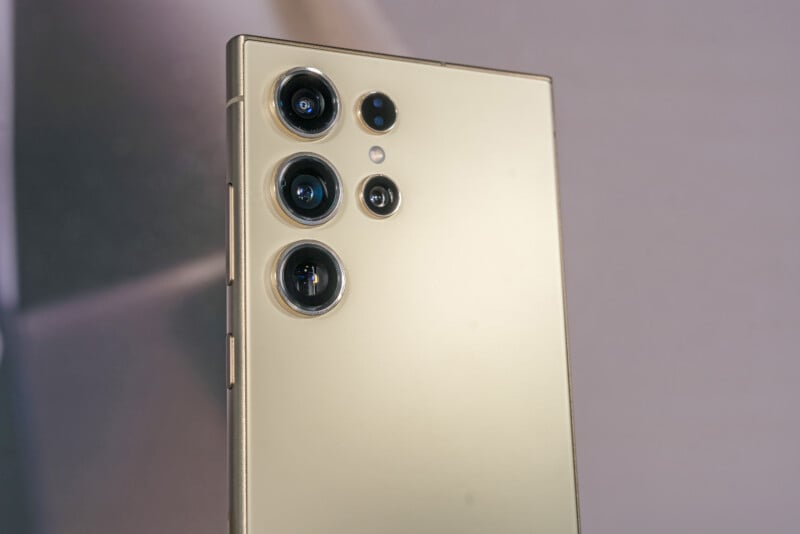
For its part, Samsung doesn’t control all the levers like Apple does, so it’s not entirely an Apple-to-apples comparison, but the guardrails are only more vexing because of it. Part of it lies with the way Android and Windows communicate, given they’re altogether different platforms, leaving open chances something won’t feel smooth along the way. And Apple is at times just as guilty for a lack of fluidity when it comes to connecting its own operating systems together.
Finding a Path That Works
Again, Samsung is in rare company in that it makes different devices supporting such an ecosystem. It enables its Galaxy smartwatches to control the camera on certain Galaxy phones, much like Apple and Google do with their smartwatches and phones. It’s so integrated, it even shows a live preview of the image before you even take it, undoubtedly convenient when you need it, especially setting up a group photo on a timer. It just doesn’t let you cycle through the various modes available in the Camera app.
![]()
Wearables are a whole other story when it comes to multi-device integration, but the devices you use to capture and then edit images should feel more painless to work with. The more Samsung plays up its phones’ camera features and image quality, the more it has to explain how to actually get those images off those smaller devices and onto larger displays. Right now, it still feels like reading an instruction manual rather than a quick start guide.
What Apple Has Achieved is Difficult
One of Apple’s greatest strengths, or failures, according to some critics, is that its ecosystem works extremely well. So well, in fact, that a common refrain among Apple customers is that they continue to purchase Apple products because they are fully embedded into the ecosystem and don’t want to leave, even those who find themselves annoyed by Apple’s reticence to admit third parties into the system.
Apple’s ecosystem, the so-called walled garden it has created, is comprehensive and the tethers holding the disparate parts together are extremely rigid. Knocks on this rigidity aside, the result is that those who enter Apple’s ecosystem are not only extremely likely to stay within it, but they also continually buy new products year after year. The benefit to Apple is obvious. They sell people more stuff, including products that people might otherwise not have felt they needed.
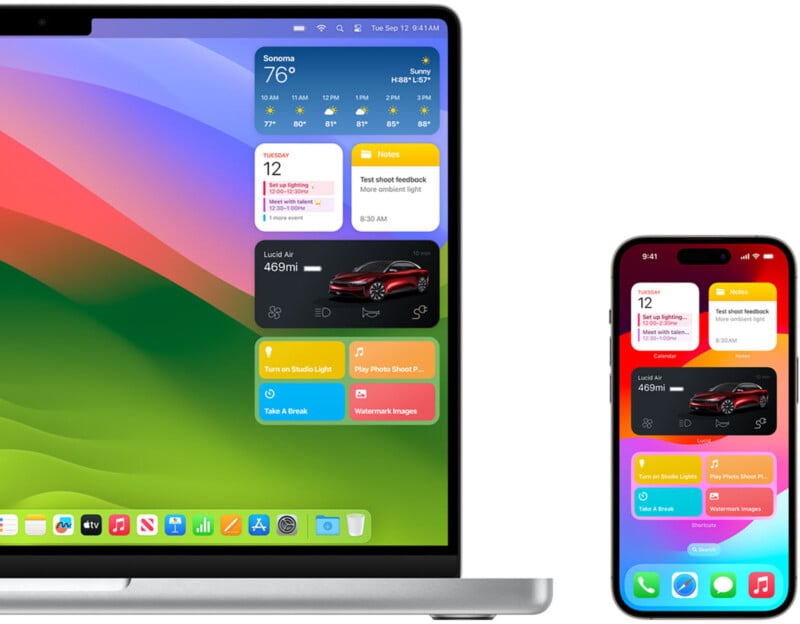
Already have an iPhone? Well, how about this Apple Watch? Do you like music? There are AirPods, too. “Did you know all these things play nicely with our Macs, too?” Apple asks, to which millions of people reply by pulling out their wallets.
Of course Samsung would eye this situation, and Apple’s valuation, and think it wants customers like that: users who buy into something much greater than a single device and quickly find themselves, if not exactly locked into something, at least motivated to stick around and spend more money.
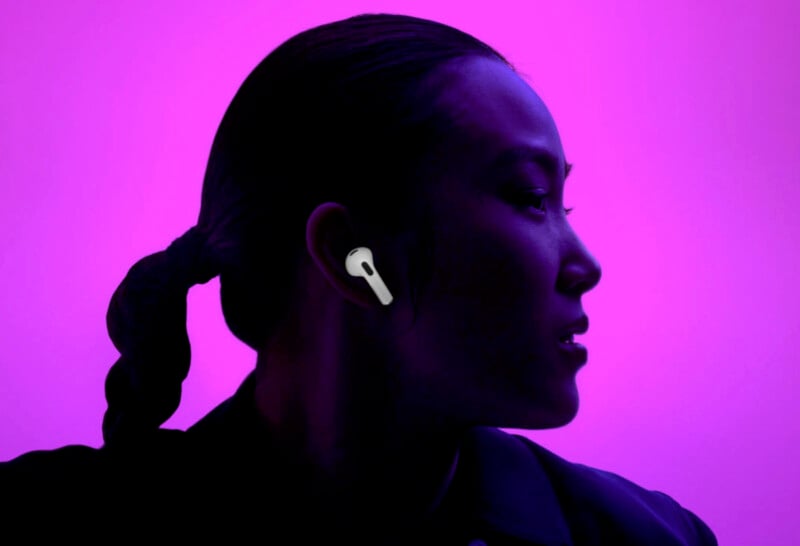
Samsung is a prime candidate to try the Apple-like approach to a device ecosystem, given that Samsung makes Galaxy smartphones, Galaxy tablets, Galaxy watches, Galaxy earphones, and even Galaxy computers. It’s a veritable smorgasbord of Galaxy devices.
It looks like Samsung, which has been dipping its toes into such an approach for a while now, has now fully committed and dove headfirst into the pool Apple has pretty much had all to itself for a while now. Interoperability is a major focus with the Galaxy S24 family.
However, emulating Apple is not anywhere near as simple as making the necessary products. Apple has been developing its approach for an extremely long time, and the inter-connectivity has been refined for more than a decade.
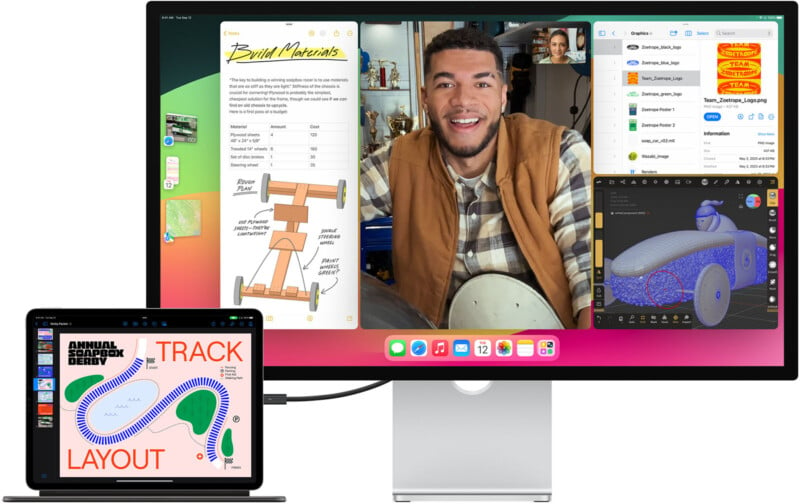
Everything has to work well and every single time, without confusion or fuss. Getting a family of products to play nice with each other is one thing, and no easy feat in and of itself, but making these connections seamless and simple is remarkably difficult.
It’s this second, much taller hurdle that Samsung has not yet cleared.
But perhaps even more importantly, it’s not clear that an Apple-like ecosystem is something Samsung Galaxy owners have asked for. In fact, arguably, it’s something that Android users in general have long rallied against. One of the biggest reasons why people choose an Android smartphone is because they don’t want to deal with a closed product ecosystem.
Chasing Apple is difficult for so many reasons, but arguably, chasing Apple is more problematic because customers haven’t been asking anyone, Samsung included, to do it.
Written by Ted Kritsonis with input by Jeremy Gray
Image credits: Photos by Ted Kritsonis unless noted otherwise. Featured image created using images from Samsung.